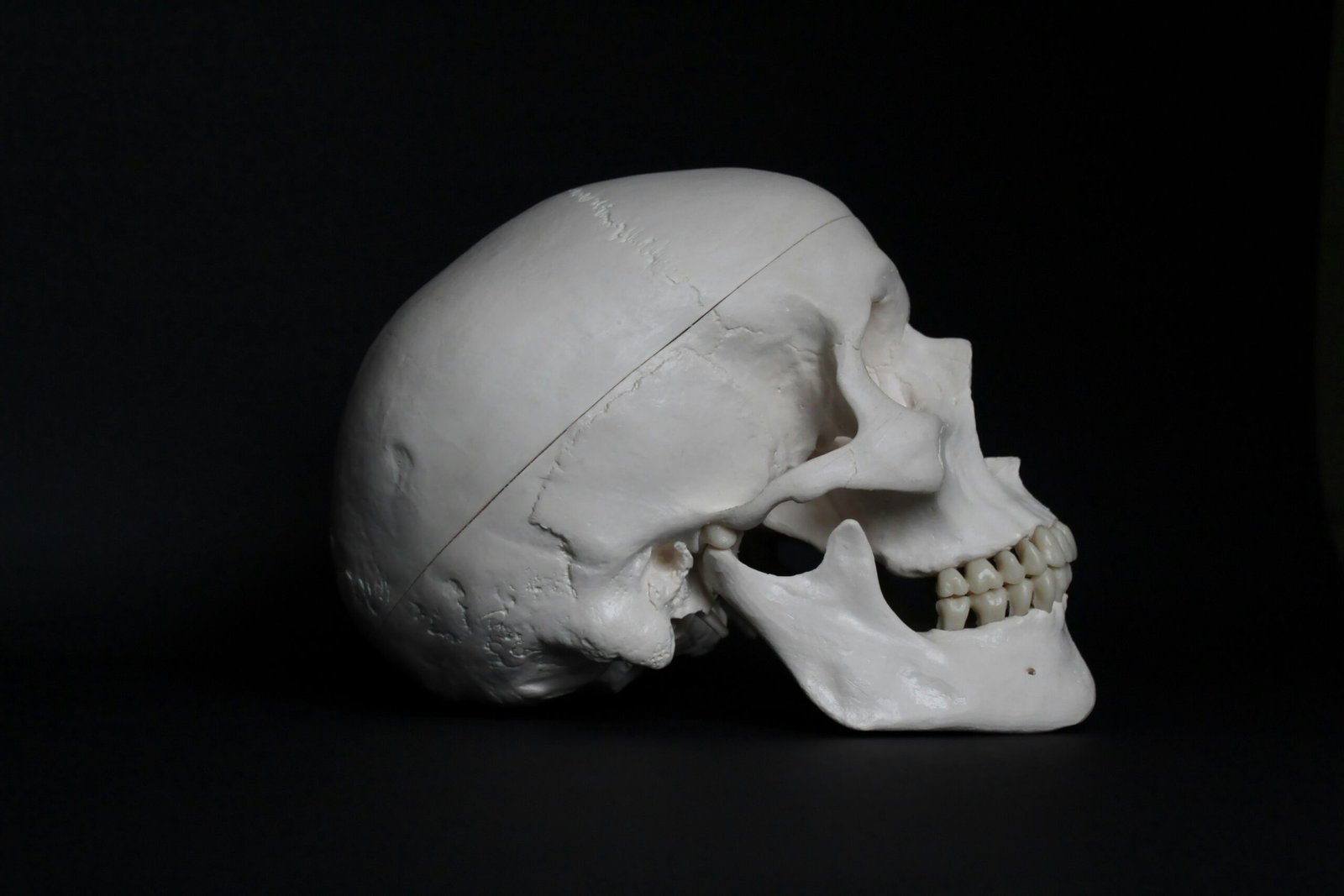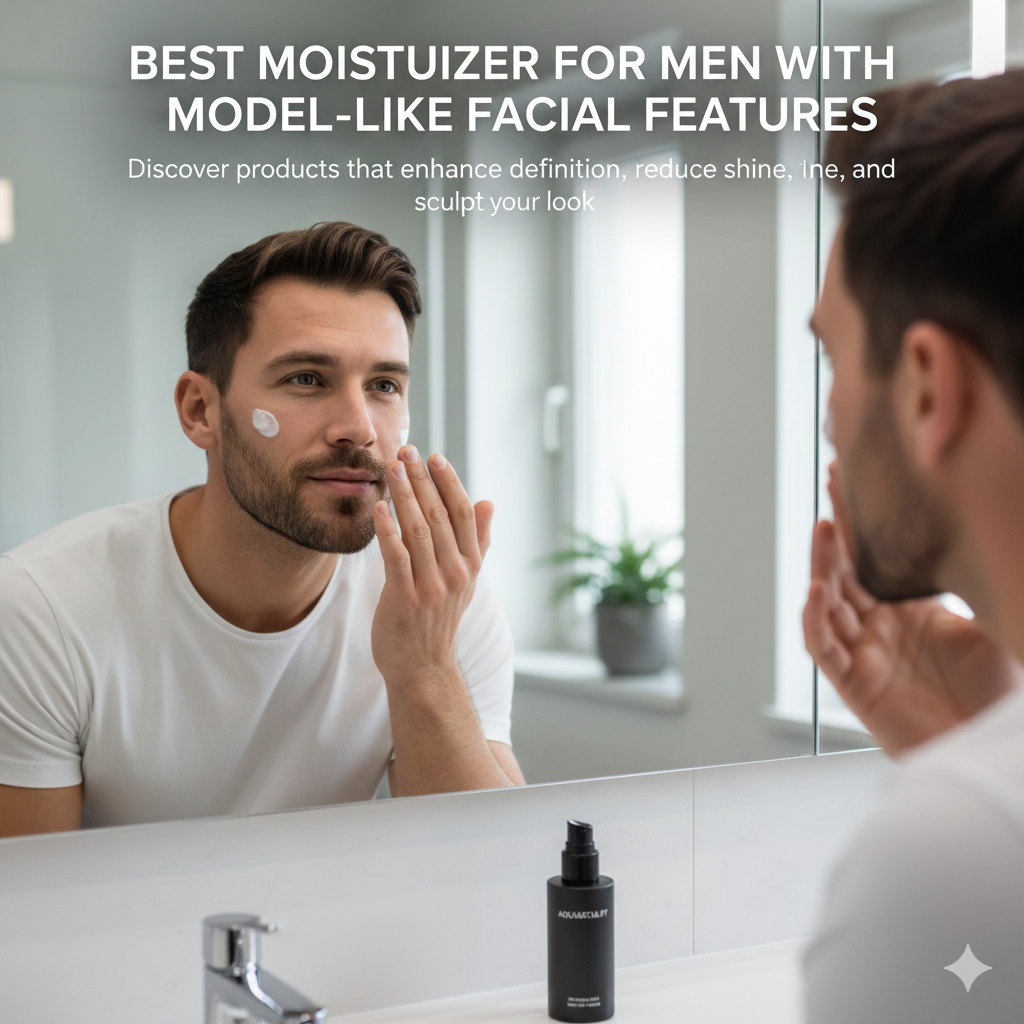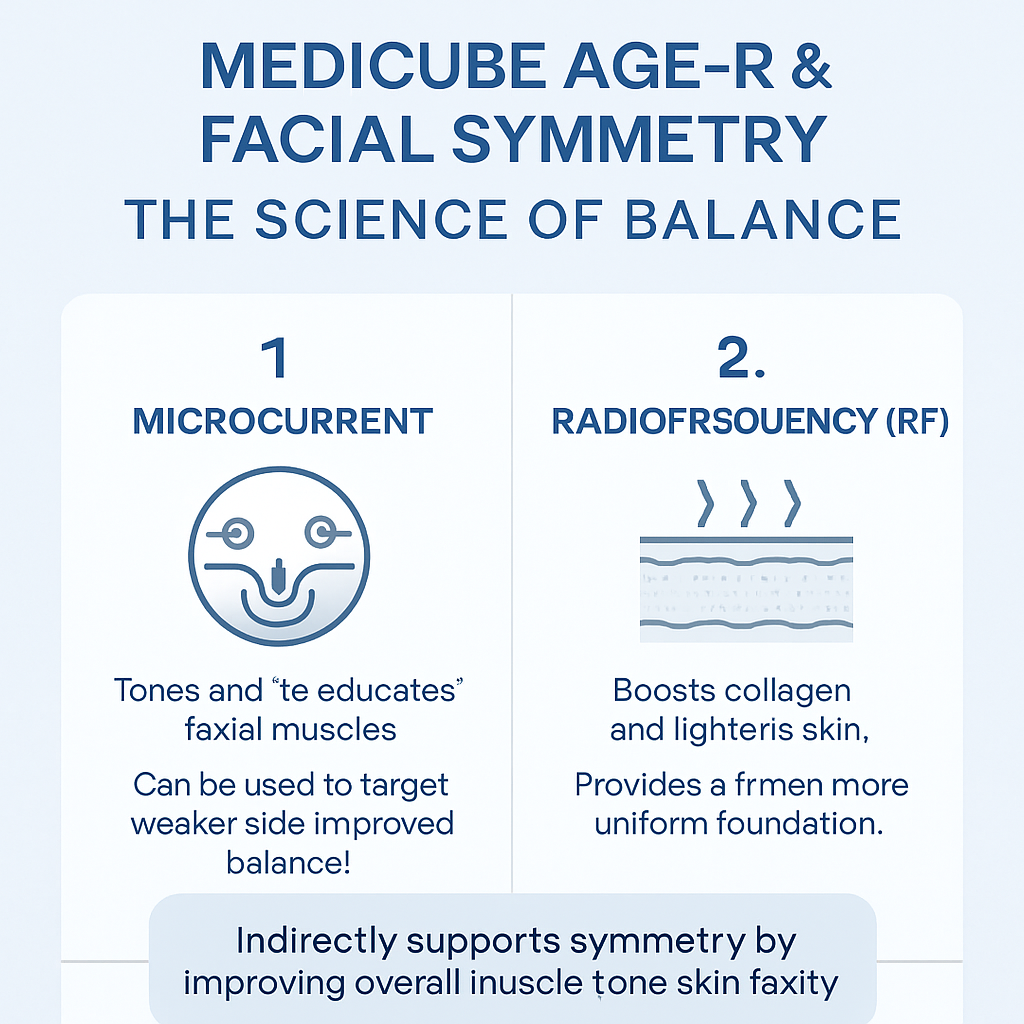When it comes to facial aesthetics, many people are seeking ways to improve their appearance without resorting to invasive procedures. One method that has gained popularity in recent years is known as “mewing.”
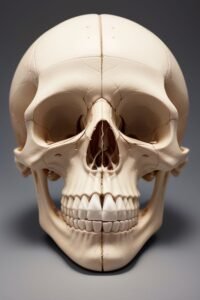
This technique involves proper tongue posture and oral habits to potentially enhance the bones of the face, resulting in a more defined and attractive facial structure. In this article, we will explore the different bones of the facial structure that can be improved through mewing.
The Maxilla
The maxilla is the upper jawbone that forms the central part of the face. It plays a crucial role in determining the overall shape and symmetry of the face.
By practicing proper tongue posture, which involves resting the tongue on the roof of the mouth, individuals believe that they can encourage forward growth of the maxilla. This potential forward growth may lead to a more prominent cheekbone structure, a wider smile, and improved facial harmony.
The Mandible
The mandible, also known as the lower jawbone, is another key component of the facial structure. Mewing proponents suggest that by maintaining proper tongue posture, individuals can help guide the growth of the mandible in a forward and upward direction.
This potential improvement in the position of the mandible may result in a more defined jawline, a stronger chin, and a more balanced facial profile.
The Zygomatic Bones
The zygomatic bones, commonly referred to as the cheekbones, contribute to the overall shape and contour of the face.
Through mewing, individuals aim to encourage forward growth of the maxilla, which can potentially lead to more prominent cheekbones. The improved positioning of the zygomatic bones can create a more chiseled and defined facial structure, enhancing one’s appearance.
The Nasal Bones
The nasal bones are located in the upper part of the nose and play a significant role in determining the shape and symmetry of the nose.
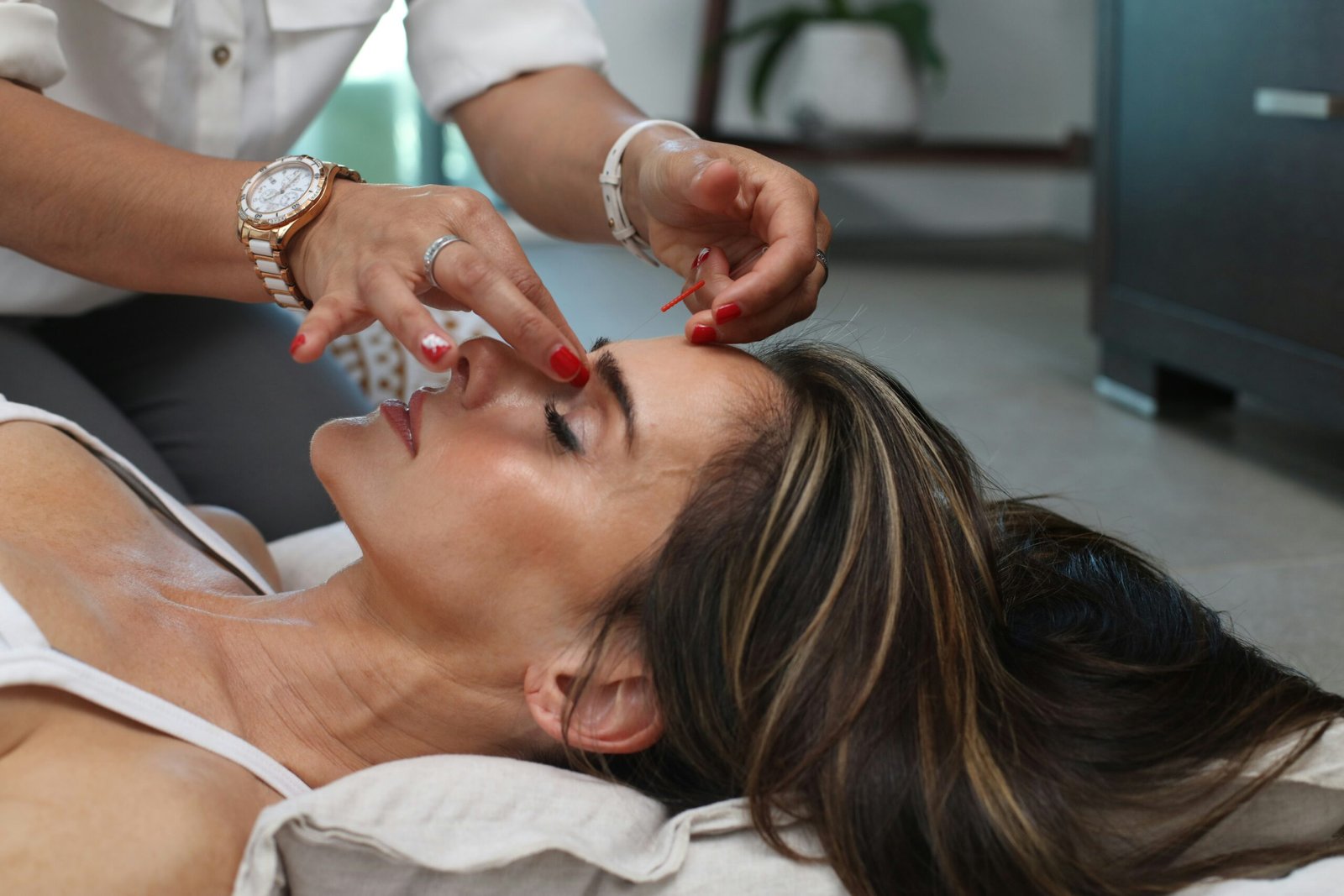
While mewing primarily focuses on the maxilla and mandible, proponents of this technique suggest that proper tongue posture can indirectly influence the position of the nasal bones. By promoting forward growth of the maxilla, individuals hope to achieve a more balanced and harmonious nasal structure.
The Temporal Bones
The temporal bones are situated on the sides and base of the skull, playing a role in the overall width and shape of the face. Through mewing, individuals aim to encourage proper development of the maxilla, which can potentially lead to a wider facial structure. This potential widening of the temporal bones may result in a more desirable facial shape and improved facial symmetry.
Conclusion
Mewing is a technique that focuses on proper tongue posture and oral habits to potentially enhance the bones of the face.
While the effectiveness of mewing is still a subject of debate within the medical community, many individuals have reported positive changes in their facial structure through consistent practice.
By understanding the different bones of the facial structure that can be influenced by mewing, individuals can make informed decisions about incorporating this technique into their daily routine.
Remember, it’s essential to consult with a healthcare professional or orthodontist before attempting any new oral habits or techniques to ensure they are suitable for your specific needs.


